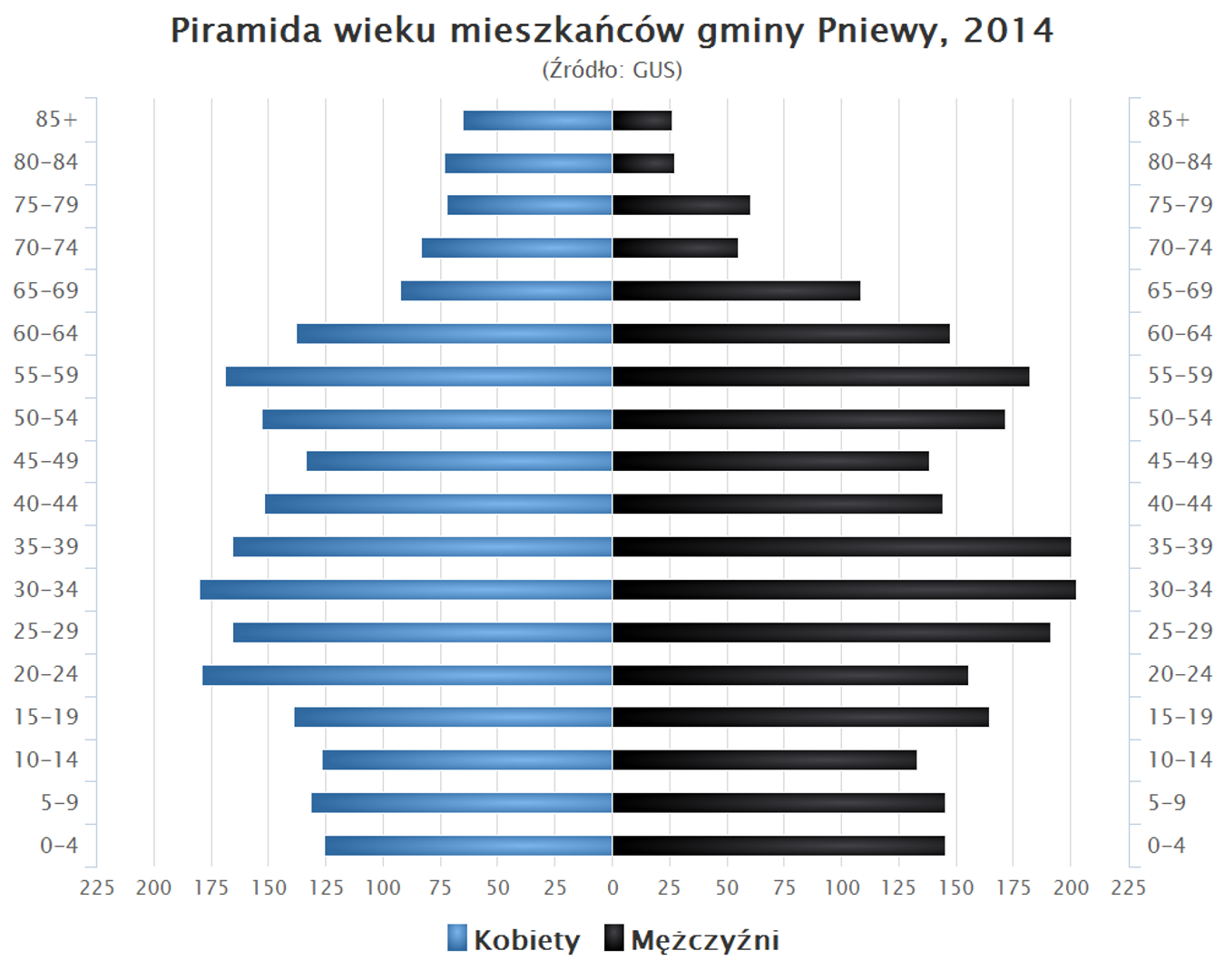Pniewo
6.79

Overview
The Pniewy Commune, previously known as the Konie Commune, is located in the Masovian Voivodeship, within the Grójec County. Its administrative seat is the town of Pniewy. The commune covers an area of 102.05 km², and in 2004 it was inhabited by 4,579 people, indicating relatively low population density. Agricultural land accounts for 73% of the commune's area, while forests cover 21%, suggesting the region's agricultural character and the importance of green spaces for the local community. Between 1975 and 1998, the commune was part of the Radom Voivodeship, highlighting its historical administrative affiliation in Poland.
The Pniewy Commune comprises several village councils (sołectwa), including Aleksandrów, Ciechlin, Dąbrówka, Jeziora, Józefów, Przęsławice, and Wola Pniewska, reflecting the richness of local communities. Each of these villages has its own unique history and traditions, contributing to the cultural heritage of the commune. The region also boasts beautiful nature and forested areas, which are conducive to various forms of outdoor activities.
From an architectural perspective, Pniewy features both traditional Polish houses and public utility buildings that reflect the commune's development over the years. It is also worth noting that, due to its proximity to the Warsaw metropolitan area, the Pniewy Commune is an attractive place for those seeking tranquility while still desiring easy access to larger cities.
An interesting aspect is the commune's closeness to neighboring municipalities, such as Belsk Duży, Mszczonów, and Tarczyn, which fosters local cooperation and cultural exchange. The Pniewy Commune continues to develop its infrastructure and environmental care, contributing to an improved quality of life for its residents. As a result, Pniewy is becoming an increasingly popular place to live and visit, especially for those seeking charming and peaceful corners of Masovia. These areas, with their agricultural landscapes, local traditions, and the hospitality of the inhabitants, are an excellent example of harmonious coexistence between humans and nature.
Location
You can also find here:
2025 Wizytor | All Rights Reserved
